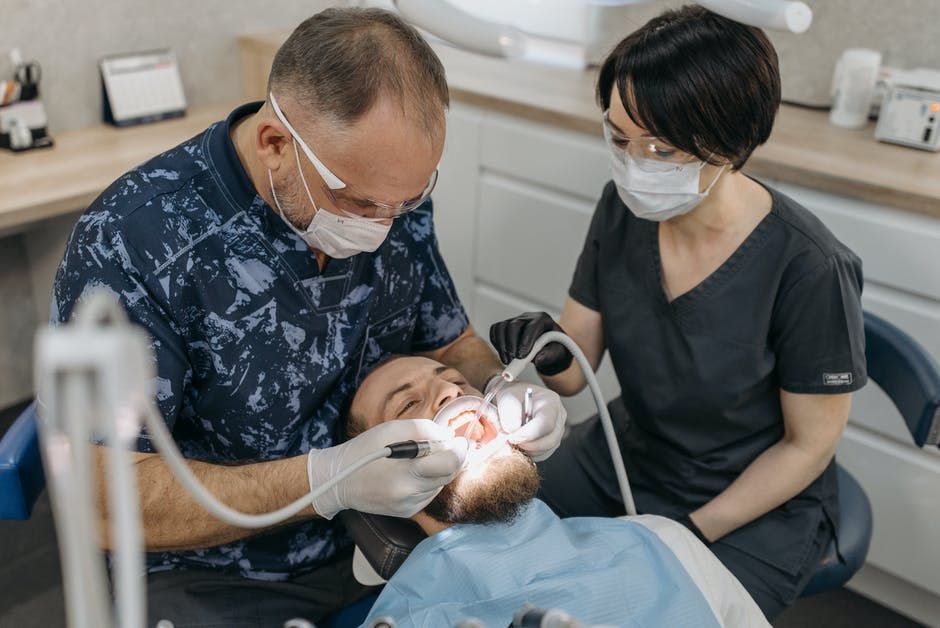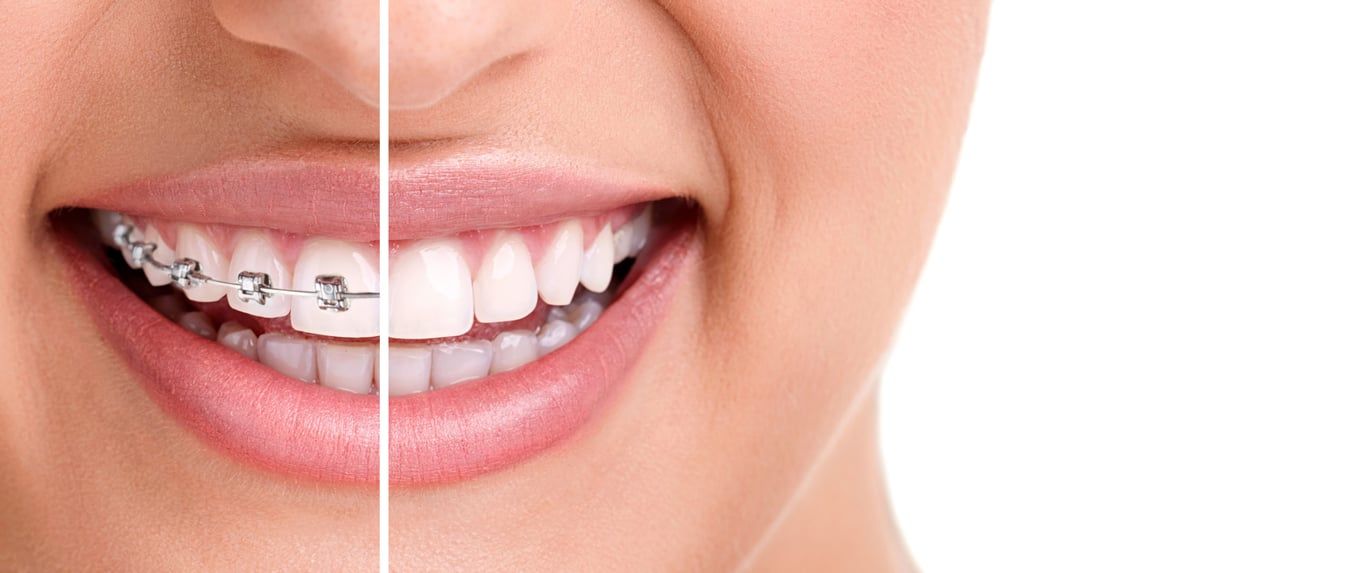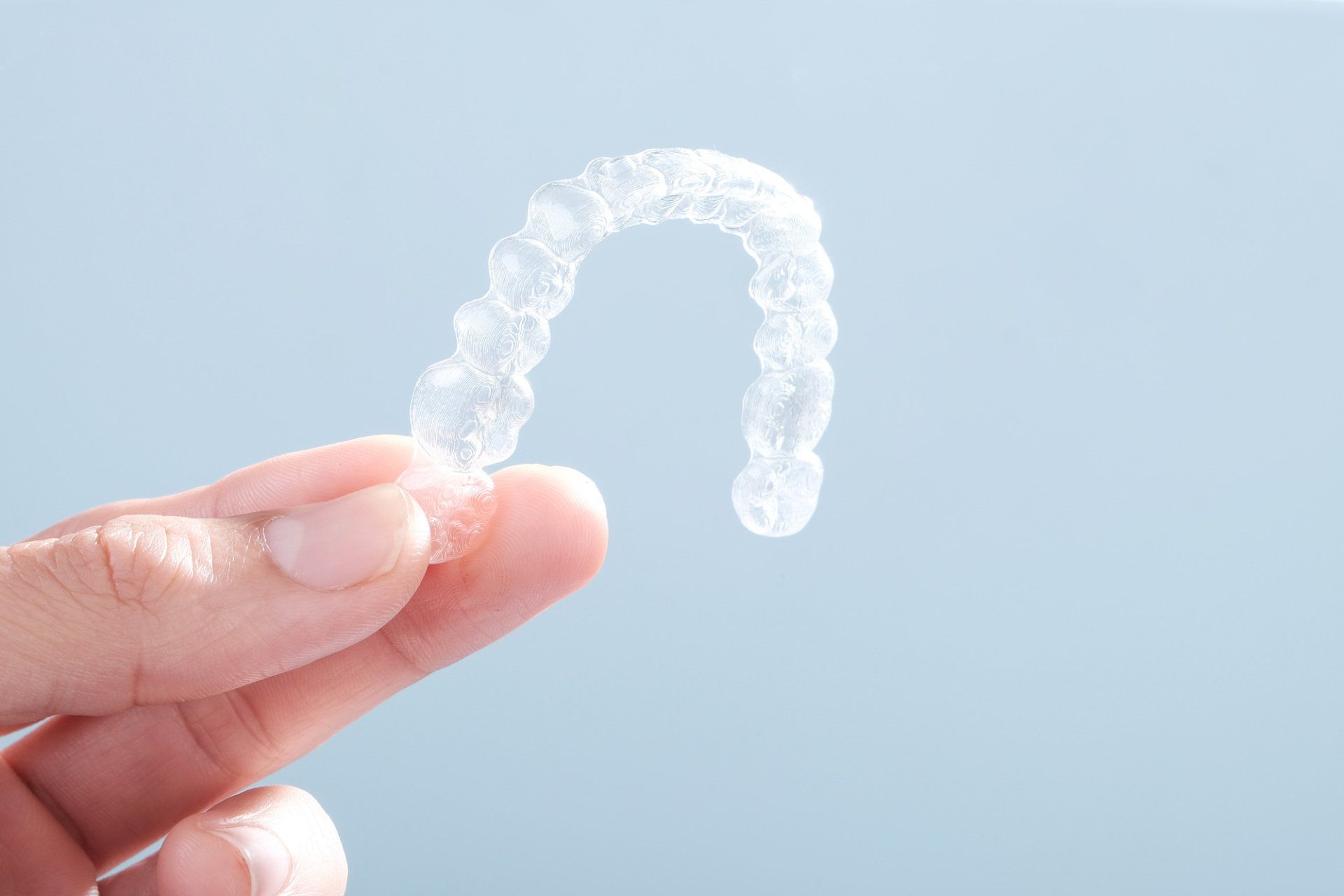Signs and Symptoms of a Root Canal
What's a root canal, and how do you know if you need one? Here's everything you need to know about the signs and symptoms that mean you may need a root canal.
What's a root canal? If you've heard someone mention the term like it's a curse word, you were probably too afraid to ask. Well, don't worry because we have the answers.
The following guide explains what this procedure is, recent advances, and more. From root canal pain to root canal symptoms, this guide tells all.
Best of all, you'll learn how this procedure will put an end to the unbearable tooth pain you may be feeling. By getting an accurate idea of what a root canal is, you can ease your concerns about it.
Don't let negative stigma keep you from getting the dental care you need. Learn the truth about root canals right here.
What's a Root Canal?
When Is Root Canal Treatment Necessary?
What is Root Canal Treatment?
Advances in Root Canal Treatment
Root Canal Pain: Does a Root Canal Hurt?
Root Canal Symptoms to Watch For
- Severe tooth pain, especially when biting/chewing
- Sensitivity to hot, cold, or other stimuli that continues even after the stimuli is removed
- A crack or chip in your tooth
- Abscesses
- Bumps that look like pimples on your gums
- Severely inflamed/sensitive gums
- Visible decay/darkening of teeth or gums
- Loose adult teeth











